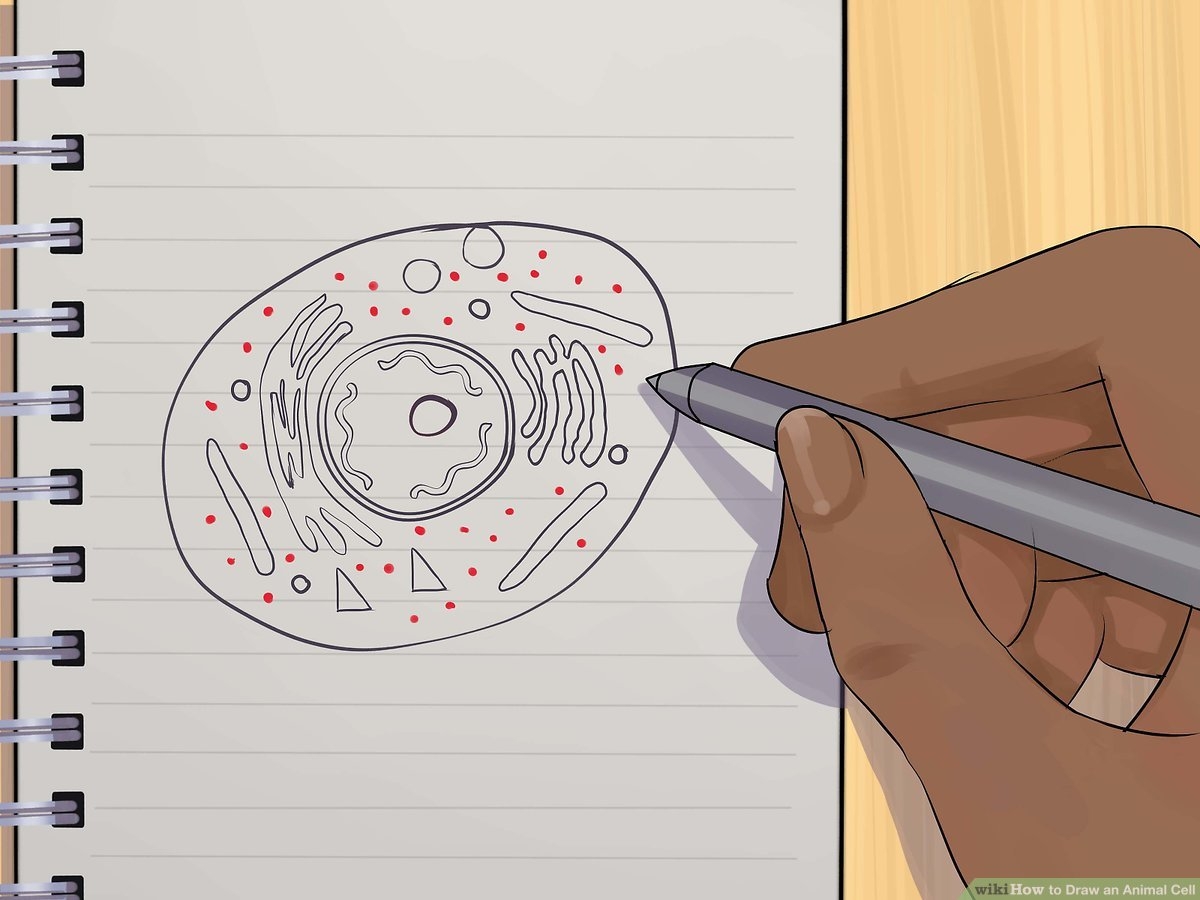When it comes to studying biology, one of the most fundamental concepts is understanding the structure of a cell. Cells are the building blocks of life, and they come in various forms. Animal cells, in particular, have a unique structure that sets them apart from plant cells. Drawing an animal cell can help students visualize and understand the different organelles and their functions within the cell.
Creating an accurate representation of an animal cell through drawing requires attention to detail and a good understanding of the different components. By sketching out the cell, students can better grasp the complexities of cellular biology and appreciate the intricacies of life at a microscopic level.
Components of an Animal Cell Drawing
When drawing an animal cell, it is important to include key organelles such as the nucleus, mitochondria, endoplasmic reticulum, Golgi apparatus, lysosomes, and the cell membrane. Each organelle plays a specific role in the functioning of the cell, and by depicting them in the drawing, students can learn about their functions and how they work together to ensure the cell’s survival.
The nucleus, often referred to as the “brain” of the cell, contains the cell’s genetic material and regulates all cellular activities. Mitochondria are responsible for producing energy in the form of ATP, while the endoplasmic reticulum aids in protein synthesis and transport. The Golgi apparatus processes and packages proteins for secretion, and lysosomes help break down waste materials. The cell membrane acts as a barrier, controlling the movement of substances in and out of the cell.
By labeling each organelle in the drawing and understanding its function, students can gain a deeper insight into the inner workings of an animal cell. This hands-on approach to learning can enhance their understanding of biology and spark an interest in further exploration of the subject.
In conclusion, drawing an animal cell is not just a creative exercise but also a valuable learning tool. By visualizing the different components of the cell and understanding their functions, students can deepen their knowledge of cellular biology and appreciate the complexity of life at a cellular level. So, grab your pencils and paper, and start sketching out an animal cell to unlock the mysteries of the microscopic world!
